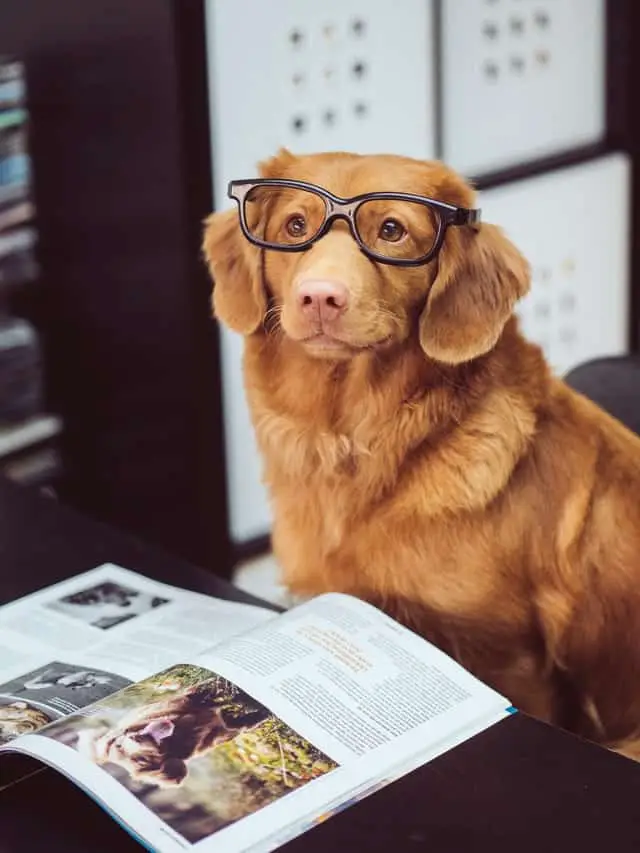
The dog is an intelligent animal, able to learn a lot from human contact. For centuries, humans and dogs have worked side by side, and on very variable tasks: protection, guiding herds, research, hunting. Training often allows humans to transmit the learning that the dog will need: what is the training of a dog based on today? What are the best techniques?
Training and education: what’s the difference?
The training of the dog goes beyond his simple education, and consists in teaching it orders or reflexes so that it can live properly in our society. It is therefore often learns more complex behaviours than through simple education, but the techniques used to perform the exercises are based on the same ethological principles.
Basically, we often confuse the two, with a tendency to speak of training when it comes to teaching the dog orders for work, and education when it comes to “knowing how to live” (cleanliness, sociability …). In practice, many owners speak of training to refer to their dog’s education.
The Master, Dominance and the Dog
Training often refers to a coercive image of education. And for good reason: for a long time, the dog has been the tool of man, and seen as something over which humans must have the ascendancy. Trainers and dog breeders often recalled the hierarchical structure of wolf groups to justify this position: humans must place themselves in the alpha place. This comparison is no longer relevant.
In fact, recent observations on canine groups show a much less linear structure: there is not one dominant then all the other dogs in a row. In reality, canine groups are small (3 to 5 individuals) and are made according to the context, in a very organic way. To illustrate simply, the dominant in one situation can then become the dominated in another situation. So the comparison that was made historically with groups of wolves seems obsolete.
Today, we will talk about dominance in certain situations where the owner will lack authority, but we will no longer qualify a dog as dominant as if it were a defect. This philosophy also extends to dressage, which today develops non-coercive methods, based on reward and pleasure, to achieve learning.
An iron fist in a velvet glove
This expression, for once, is still relevant today: today, the positive method is based on the reward, but it is still important to be understood by the dog. For this, you have to know how to be rigorous: address the dog in the right tone, depending on the circumstances, give the reward at the right time, etc. …
Therefore, the iron fist does not refer so much to the authority of the owner, but to his ability to be clear and understanding for the dog, which is very important in positive education.
Theories of learning and its applications
- The so-called natural method: it is based on classic conditioning, by the use of lures and primary reinforces for the dog (food, voice rewards). It is the method most represented in the voluntary clubs of the SCC, it is on horseback with the so-called friendly or positive methods.
- Clicker training: it is a method based on operant conditioning and positive reinforcement through the use of a secondary reinforcer (the click). The “click” is associated with the arrival of a primary reinforcer (most often food) by conventional conditioning.
This method makes it possible to avoid losing the temporal continuity between the reward and the action. The “click” is associated with the reward, in order to synchronize it with the desired action right at the moment the animal performs the task. The reward is given after the “click”, and must be quick to give (the game is not suitable, for example). In addition, you need a reward that has a strong emotional value: we often use food. - Model / Rival: it is a method of social learning by observation (mimicry). It requires a rival / model in addition to the dog (this can be a human or a dog). It was first developed in the parrot Alex. The first applications in dogs were developed in 2003.
- Do as I do (do what I do): it is a learning method by mimicry, based on the notions of stimulus increase AND operant conditioning . The handler first performs the behavioural sequence before giving the command “do it”, and the dog repeats the sequence he has seen. We start with a repertoire of at least 5 known behaviours. We associate the order and the behaviour with a preliminary demonstration followed by the order “do it”. After 80% success with random sequences, we can consider offering new demonstrations to the dog.
Should you scold your dog?
Although rarer than the reward, the use of punishment is permitted in the positive method. It is indeed a non-coercive punishment. The addition of an inconvenience is to be avoided : a correction causing pain or fear … even forcing a position is a punitive constraint.
On the other hand, the withdrawal of a satisfaction such as the absence of a reward, or the withdrawal of the reward when the behavior is inappropriate, this generates slight frustration but it remains a gentle and non-coercive method. This process is called a negative punishment (negative because we do not add a coercive action, but we remove the reward).
How to punish correctly? The essential condition is an immediate application (1 second maximum after the event), with an adapted intensity and strong enough, but not too much (one seeks the instantaneous cessation of the inappropriate behaviour). It takes consistent application every time, and immediate cessation of punishment when the inappropriate behaviour stops. It is important to respect these rules, because otherwise the situation may worsen (fear, stress, acquired resignation, etc.).
To conclude, it is important to know that behaviours learned by positive reinforcement are acquired more quickly and take longer to be forgotten. In contrast, the use of violent and / or painful methods tend to deteriorate the human-dog relationship. But negative reinforcement as well as negative punishments also allow effective learning.
Be careful not to fall into absolute and extreme drifts, such as refusing to use the “no”! The valence of a reward (or a punishment) varies greatly from one individual to another and depending on the work environment: above all, you have to know how to adapt to the situation. The help of a veterinarian, a behaviourist or a dog trainer is often useful, so do not hesitate to call on professionals to start.
Train your dog at home

Educating your animal and training it are two different concepts: while the first concerns the daily behaviour of the dog, the second concerns specific tricks and activities that you can teach your animal. However, some accessories can be used in both situations which allows you to acquire them while being certain that they can be used on different occasions. Training collars, training leashes and other whistles are among the accessories you need for optimal training of your pet.
